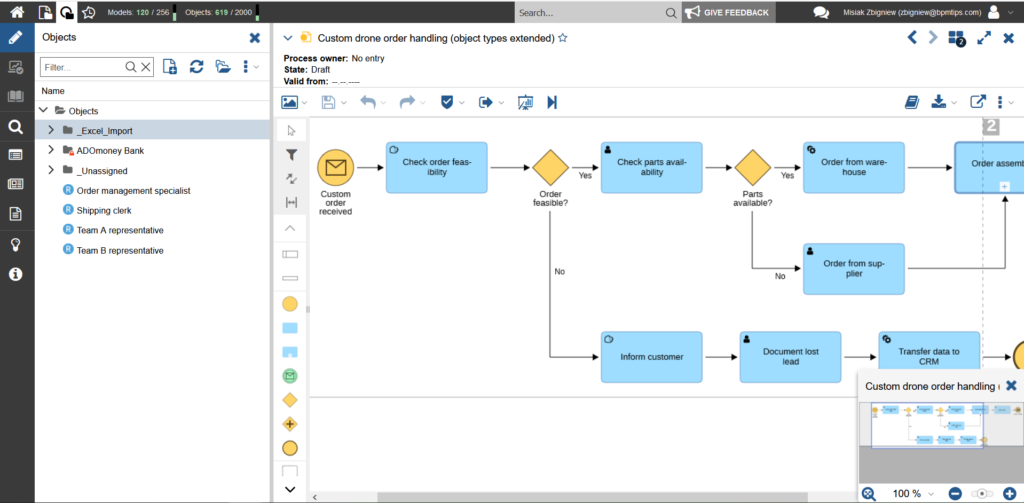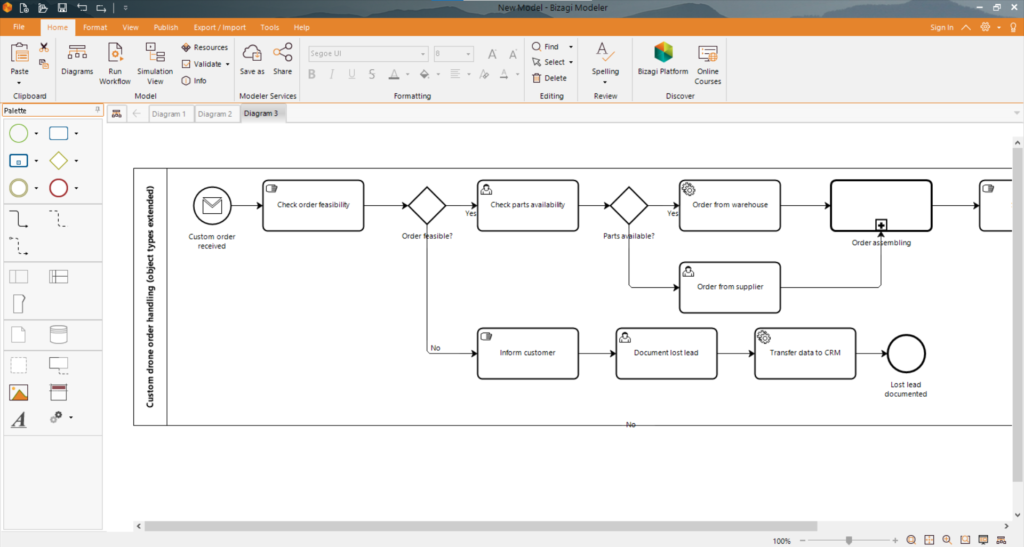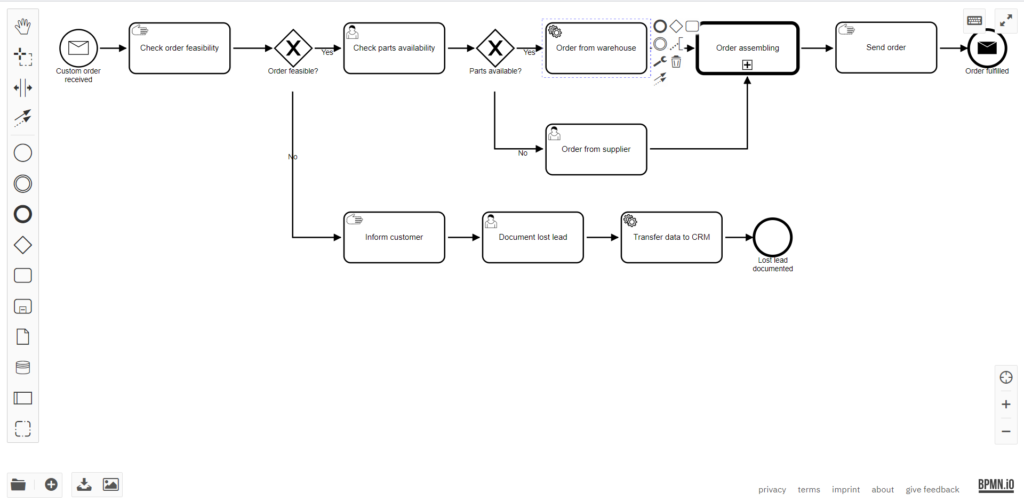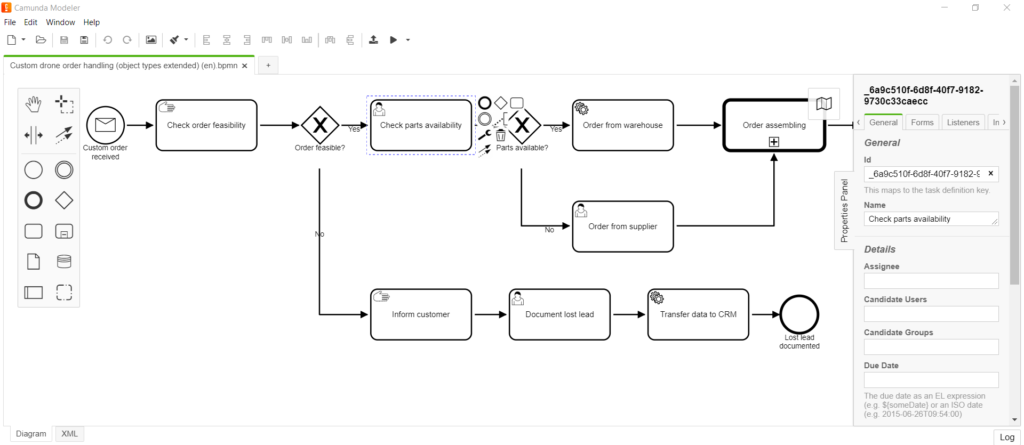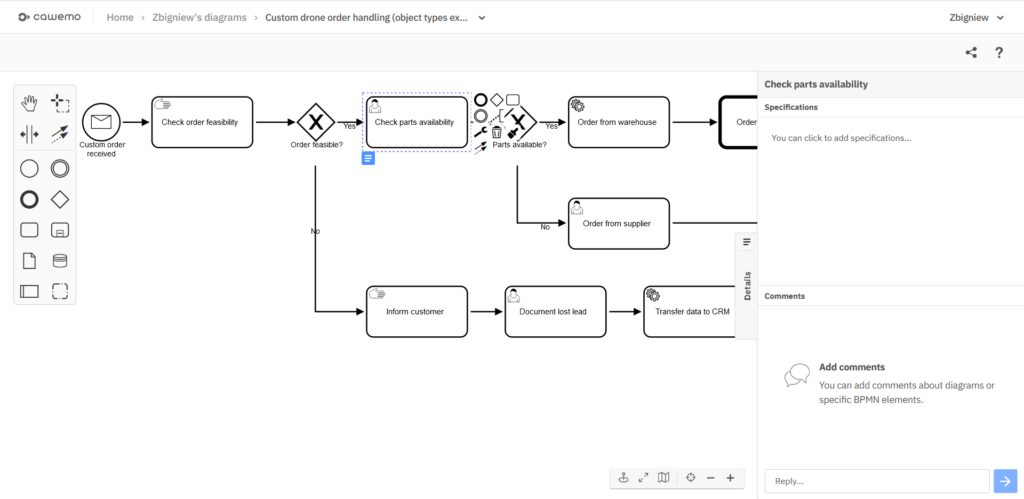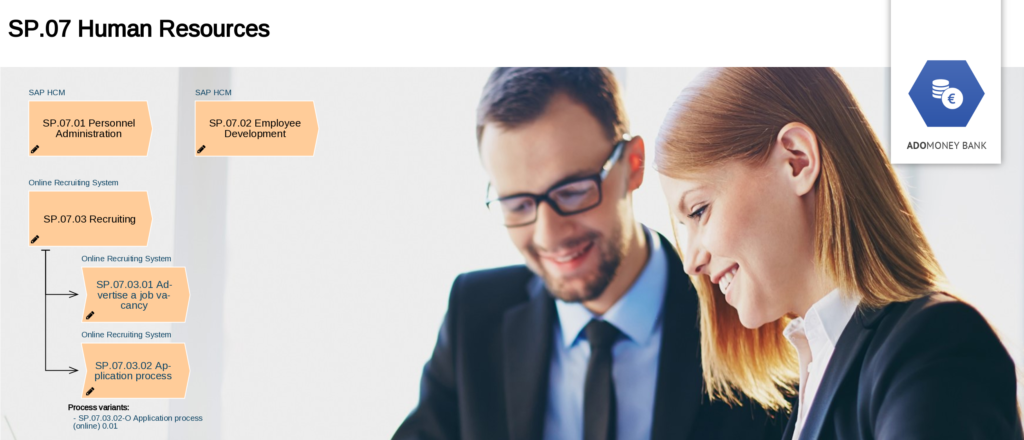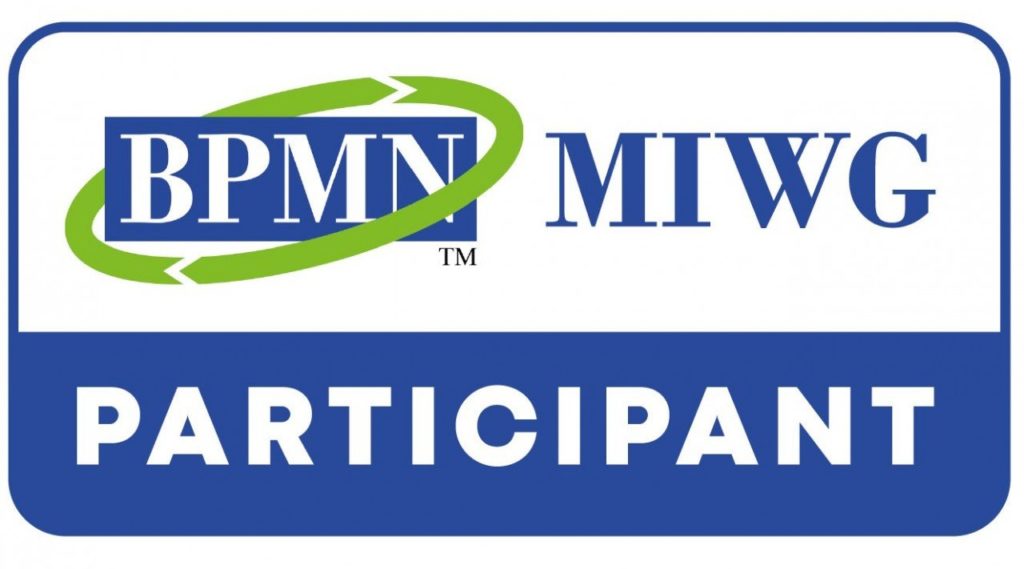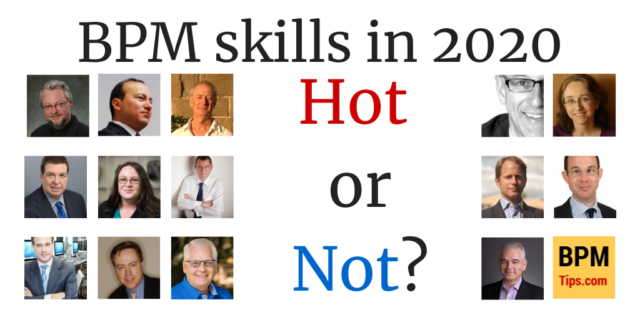Back to school 2020 – free online courses for BPM professionals (and not only)
Just like in the past years I prepared for you list of online courses (and other materials) which can help you learn more about BPM.
(You can also read the past editions from 2019, 2018, 2017, 2016, and 2015).
1) Fundamentals of BPM
There are many courses about BPM, but those 2 really rock 🙂
Since some time 2 MOOCs by professors Marcello La Rosa, Marlon Dumas, Jan Mendling and Hajo A. Reijers are no longer available on Future Learn and QUT platforms, BUT:
a) You can access all the videos via Fundamentals of BPM website (there are also slides and other materials!):
http://fundamentals-of-bpm.org/mooc/
(you need to look for part “Links to all video materials are available here (Copyright 2015-2017, Queensland University of Technology. All rights reserved).”).
b) You can also jump directly to YT playlists for those 2 courses
Introductory MOOC: https://www.youtube.com/playlist?list=PL9iw99lS3PrhyvCeigicFy0ncMOimILeX
Long MOOC: https://www.youtube.com/playlist?list=PL9iw99lS3Prg0hPSCiOz9AXeEmj8W8fL8
c) Professor La Rosa kindly allowed me to present this content in a form more convenient for you.
Materials from a short introductory MOOC, “Business Process Management: An Introduction to Process Thinking“ (about 1,5 hours!) are available on a following pages:
Business Process Management: An Introduction to Process Thinking – Week 1
Business Process Management: An Introduction to Process Thinking – Week 2
Business Process Management: An Introduction to Process Thinking – Week 3
Materials from the long MOOC “Fundamentals of BPM”
Part 1: Process identification and discovery
Interviews
Part 2: Process analysis and redesign
Qualitative process analysis
Part 3: Process implementation and monitoring
Process-Aware Information Systems
Process Implementation with Executable Process Models
Now, like in 2018 post I want to share with you also other courses (MOOC and others) organised by platform.
2) Coursera
If you like to learn on the go you will appreciate nice mobile application Coursera offers. Most of the courses are by default paid ones (with access to all the content, possibility to check yourself and interact fully with others plus get a certificate), but you can always select the free path (called “Audit the course”) and access all the videos plus some of the course content. Courses on Coursera are MOOCs, so they have start and end dates, but you can switch sessions if you are falling behind (you may need it since they all start on the same date…).
2a) “Design Thinking for Innovation” (https://www.coursera.org/learn/uva-darden-design-thinking-innovation)
Course description: “Today innovation is everyone’s business. Whether you are a manager in a global corporation, an entrepreneur starting up, in a government role, or a teacher in an elementary school, everyone is expected to get lean – to do better with less. And that is why we all need design thinking. At every level in every kind of organization, design thinking provides the tools you need to become an innovative thinker and uncover creative opportunities that are there – you’re just not seeing them yet.”
Created by: University of Virginia
Taught by: Jeanne M. Liedtka
2b) “Digital Transformation” (https://www.coursera.org/learn/bcg-uva-darden-digital-transformation)
Course description: “Digital transformation is a hot topic–but what exactly is it and what does it mean for companies? In this course, we talk about digital transformation in two ways. First we discuss the pace of change and the imperative it creates for businesses. Next we provide the context for this transformation and what it takes to win in the digital age. Then we walk through BCG’s proprietary framework, which helps you identify key areas to digitize, including strategy, core processes, and technology.”
Created by: BCG, University of Virginia
Taught by: Michael Lenox, Amane Dannouni, Sonja Rueger, Ching Fong Ong
2c) “Introduction to Operations Management” (https://www.coursera.org/learn/wharton-operations)
Course description: “Learn to analyze and improve business processes in services or in manufacturing by learning how to increase productivity and deliver higher quality standards. Key concepts include process analysis, bottlenecks, flows rates, and inventory levels, and more. After successfully completing this course, you can apply these skills to a real-world business challenge as part of the Wharton Business Foundations Specialization.”
Created by: University of Pennsylvania
Taught by: Christian Terwiesch
2d) “Process Mining: Data science in Action” (https://www.coursera.org/learn/process-mining)
Course description: “Process mining is the missing link between model-based process analysis and data-oriented analysis techniques. Through concrete data sets and easy to use software the course provides data science knowledge that can be applied directly to analyze and improve processes in a variety of domains.”
Created by: Eindhoven University of Technology
Taught by: Wil van der Aalst
2e) “Six Sigma Principles” (https://www.coursera.org/learn/six-sigma-principles)
Course description: “This course is for you if you are looking to learn more about Six Sigma or refresh your knowledge of the basic components of Six Sigma and Lean. Six Sigma skills are widely sought by employers both nationally and internationally. These skills have been proven to help improve business processes and performance. This course will introduce you to the purpose of Six Sigma and its value to an organization. You will learn about the basic principles of Six Sigma and Lean. Your instructors will introduce you to, and have you apply, some of the tools and metrics that are critical components of Six Sigma. This course will provide you with the basic knowledge of the principles, roles, and responsibilities of Six Sigma and Lean.”
Created by: University System of Georgia
Taught by: Bill Bailey, Gregory Wiles, David Cook, Christina Scherrer
2f) “The hidden value – Lean in manufacturing and services” (https://www.coursera.org/learn/lean-manufacturing-services)
Course description: “Lean is a powerful methodology that enables managers and employees to shift their mindset and helps companies to keep their business sustainable by creating competitive advantage. Today, in an increasingly complex and dynamic world, where companies struggle to maintain competitive advantage, Lean is more important than ever.”
Created by: École des Ponts ParisTech, BCG
Taught by: Aurélie Delemarle, Thomas Frost, Salvatore Cali, Elsa Blume
3) OpenHPI
This is an e-learning platform offered by German Hasso Plattner Institute. It offers a mix of MOOC and on demand courses (i.e. archives of past editions). All courses are available for free. Mobile application is available.
3a) “BPMN Meets DMN: Business Process and Decision Modeling” (https://open.hpi.de/courses/bpm2016)
As you can see from the URL this is a self-paced course based on a MOOC from 2016.
Course description: “This course introduces concepts of business process modeling using the Business Process Model and Notation (BPMN) industry standard. Participants will learn the elements of process models and their precise meaning. Based on a thorough understanding of business process models, the last part of the course covers decision models using the Decision Model and Notation (DMN). Decision models complement process models by representing concrete, operational decisions, both with their structure and their decision logics. The course centers around concepts and language to describe and analyze business processes and decisions. It does not cover methods on how to model, improve, monitor or implement business processes. Still, a deep understanding of business processes and decisions is a useful basis for these activities.”
Taught by: Prof. Dr. Mathias Weske
Starts: Self-paced
3b) “Business Processes: Modeling, Simulation, Execution” (https://open.hpi.de/courses/bpm2019)
This is a more recent course 🙂
Course description: “Business process models play a central role in analyzing, simulating, and executing business processes. They serve as a communication vehicle for professionals with different background and expertise, ranging from business administration, quality management, and organizational development to systems architectures, and software development.
This online course introduces concepts of business process modeling and decision modeling using the industry standards Business Process Model and Notation, BPMN, and Decision Model and Notation, DMN. The course also covers concepts to describe and analyze business processes and decisions, and to simulate and execute them using modern BPM tools.”
Taught by: Prof. Dr. Mathias Weske
Starts: Self-paced
3) Courses and materials provided by tool vendors.
3a) Automation Anywhere (https://www.automationanywhereuniversity.com/)
Automation Anywhere provides a nice library of online courses. Some of them are free, others are very reasonably priced.
There is also free introductory course on Udemy by Automation Anywhere.
https://www.udemy.com/beginners-guide-to-rpa-automation-anywhere/
3b) Bizagi (http://elearning.bizagi.com)
Bizagi offers 10+ courses about their tools.
3c) BOC Group (https://knowledge.boc-group.com/en)
If you want to find lots of webinar recordings (also done by yours truly 😉 about various aspects of BPM, search no more!
3d) Bonitasoft (https://www.bonitasoft.com/videos)
There are dozens of video tutorials, webinars and other materials.
3e) Camunda (https://camunda.com/learn/videos/)
Camunda offers library of video tutorials. And they have something unique – a hawk 😉
PS. They also have cool online conference: CamundaCon: https://www.camundacon.com/
3f) Pegasystems (https://academy.pega.com)
30+ missions, 250+ modules – do I need to tell you more?
3g) UiPath (https://www.uipath.com/rpa-academy)
Many interesting courses for RPA pros and newbies.
3h) WorkFusion (https://automationacademy.com/)
4 free courses and many more additional options
4) Last but not least
And now, additional option to learn valuable things about BPM online (however not for free): BPM Tips is a Media Partner of the Building Business Capability 2020 conference.
If you plan to attend BBC 2020 the following code “BPMBBC” will give you 15% discount.

You can learn more in this post: https://bpmtips.com/building-business-capability-2020/
